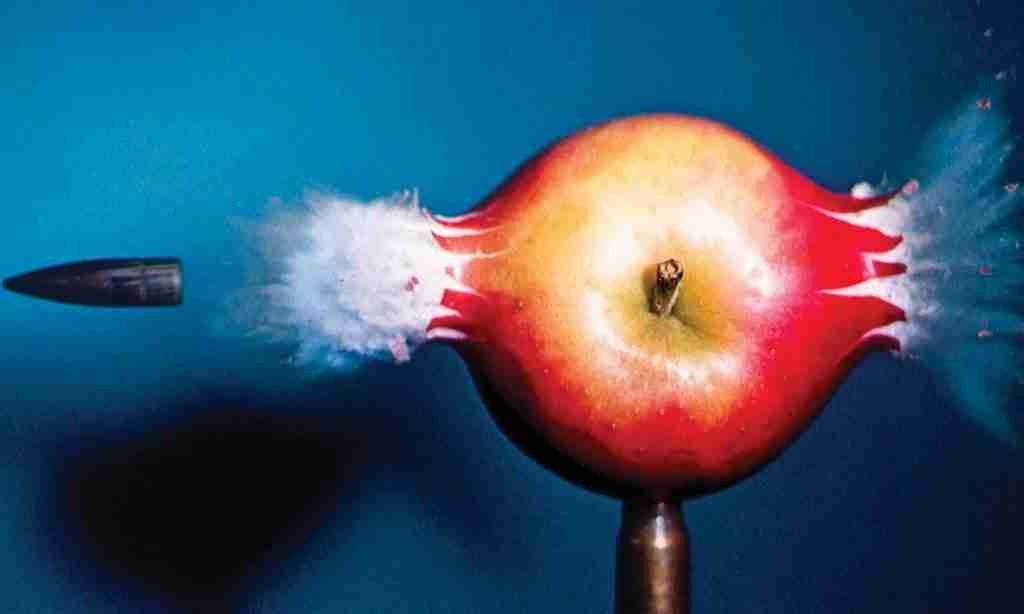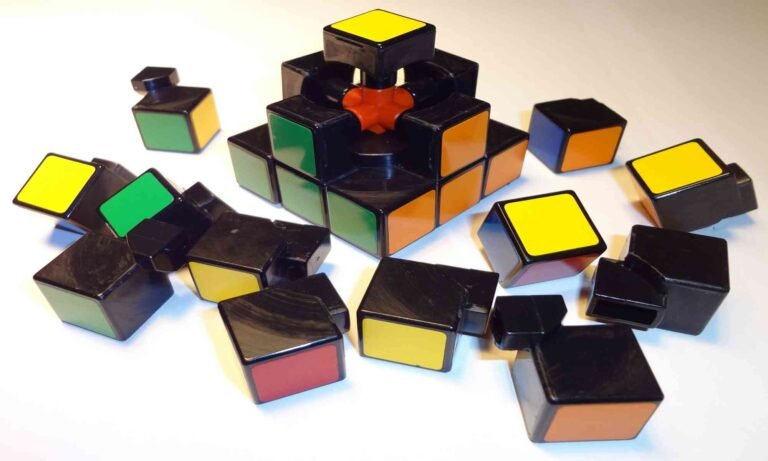The prism effect refers to the phenomenon where light is separated into its constituent colors when it passes through a transparent medium, typically a prism. This captivating occurrence is rooted in fundamental scientific principles, primarily refraction and dispersion. Refraction occurs when light travels from one medium into another, such as air into glass, causing it to change direction and speed. This alteration is contingent upon the angle at which light enters the prism and the refractive index of the material.
Dispersion is the term used to describe how various wavelengths of light are bent by differing amounts. When White Light – comprised of multiple wavelengths – is directed through a prism, each color bends at distinct angles due to its specific wavelength. Shorter wavelengths, like violet and blue, refract more sharply, while longer wavelengths, such as red and orange, bend less.
As a result, a spectrum of visible light emerges, showcasing the rainbow of colors: red, orange, yellow, green, blue, indigo, and violet (often abbreviated as ROYGBIV).
This spectacle of color separation is not merely a visual treat but also an essential concept in optical physics and color science. Understanding the prism effect is foundational for exploring how light behaves in various contexts, leading to applications in optics, photography, and even art. A prism’s geometric shape, often a triangular or rectangular form, plays a crucial role in facilitating the distinct angles of refraction necessary for this effect to manifest. Concepts such as the critical angle and total internal reflection also come into play when discussing prisms. Overall, the prism effect showcases the interplay of light and material, unveiling the complexity of the natural world through simple yet profound principles.
The Science Behind Light Refraction
Light refraction occurs when a beam of light transitions between two different media, such as air and glass. This bending of light is a fundamental optical phenomenon explained by Snell’s Law, which states that the ratio of the sines of the angles of incidence and refraction is constant and related to the refractive indices of the two media. This principle helps describe how light changes direction when entering a new material, forming the basis for many optical devices.
Snell’s Law is expressed as: n₁ sin(θ₁) = n₂ sin(θ₂), where n₁ and n₂ are the refractive indices of the first and second media, and θ₁ and θ₂ are the angles of incidence and refraction. Light travels at different speeds in different media, causing it to bend. For example, when light moves from air into glass, it slows down and bends toward the normal line. This behavior is key to how prisms manipulate light and separate it into colors.
Another important concept is the critical angle – the angle of incidence that results in total internal reflection. For glass, this angle is about 42 degrees relative to air. If the angle exceeds this threshold, light reflects within the prism instead of exiting. This, combined with the varying refraction of different wavelengths, allows a triangular prism to disperse white light into a spectrum of colors. These principles are central to understanding the prism effect and the broader science of optics, which underpins technologies from eyeglasses to fiber optics.
The Prism Effect in Everyday Life
The prism effect, renowned for its ability to disperse light into a spectrum of colors, permeates various facets of daily life and technology. One of the most prominent applications is found in optics, particularly in the development of lenses and imaging systems. Prisms are utilized in binoculars, telescopes, and cameras to manipulate light, enabling users to view distant objects in greater clarity. By understanding how light bends when passing through a prism, optical engineers can enhance the design of these devices to produce sharper and more accurate images.
Photography is another field where the prism effect plays a vital role. Many modern cameras incorporate prisms to redirect light from the lens to the viewfinder, allowing photographers to see exactly what will be captured in the frame. The color properties produced by prisms also inspire photographers to explore creative techniques like prism photography, wherein a prism is placed in front of the camera lens to create dazzling light patterns and vibrant color effects. This unique approach has gained popularity among artists and enthusiasts seeking to add distinctive visual elements to their work.
Additionally, the prism effect has made significant contributions to the realm of art. Artists have long been captivated by the spectrum of colors that prisms generate and have integrated this phenomenon into their works. The use of light prisms in installations and performances often evoke emotional responses from viewers, creating immersive experiences that blend physical and visual elements. Historically, figures such as Isaac Newton, who famously experimented with prisms to uncover the nature of light, have paved the way for the continued exploration of color theory and light manipulation in art.
The Prism Effect and Rainbows
The prism effect, which reveals the hidden spectrum within white light, is also the key to understanding the natural beauty of rainbows. When light passes through a prism, each wavelength bends at a slightly different angle due to dispersion, resulting in a fan of colors ranging from red to violet. This same principle governs the formation of rainbows in nature, where countless water droplets act as miniature prisms. As sunlight enters a droplet, it refracts, reflects off the inner surface, and refracts again as it exits, separating into distinct colors that form a circular arc in the sky. The interplay of light and water creates a phenomenon that is both scientifically fascinating and visually enchanting.
Rainbows, admired for their beauty, arise from complex optical physics. Each droplet contributes to the rainbow, and the observer’s position relative to sun and rain determines visibility. Unlike a prism’s controlled environment, the natural rainbow is dynamic, shifting with sun and observer. This variability adds to its mystique, making each rainbow a unique display of nature’s artistry. The color sequence – red on the outer edge and violet on the inner – remains consistent due to light’s predictable dispersion.
| Feature | Prism Rainbow | Natural Rainbow |
|---|---|---|
| Cause | Refraction and dispersion in a glass prism | Refraction, dispersion, and reflection in water droplets |
| Shape | Straight or fan-like spectrum | Circular arc |
| Light Source | Artificial (e.g., flashlight, sunlight through a prism) | Sunlight |
| Medium | Solid (glass or crystal) | Liquid (raindrops) |
| Color Order | ROYGBIV (Red to Violet) | ROYGBIV (same order) |
Beyond their natural occurrence, rainbows have inspired countless cultural and scientific interpretations. In mythology and literature, they often symbolize hope, promise, or connection between realms. Scientifically, they serve as a vivid demonstration of light’s properties and have influenced the study of optics for centuries. Isaac Newton’s experiments with prisms laid the groundwork for understanding the composition of light, bridging the gap between natural phenomena and controlled experimentation. Today, both rainbows and the prism effect continue to captivate minds, reminding us of the intricate beauty embedded in the laws of physics.
Ultimately, the prism effect and the rainbow are two manifestations of the same fundamental principle – light’s ability to transform when it encounters a new medium. Whether through a glass prism in a laboratory or raindrops in the sky, the dispersion of light reveals a spectrum that enriches our visual world and deepens our appreciation for the science behind everyday wonders.
Experiments for the Prism Effect
Engaging with the science of light through hands-on Experimentation can enhance one’s understanding of the prism effect. Below are simple activities that can be conducted either at home or in a classroom setting, requiring minimal materials and straightforward instructions.
Safety Precautions: While these experiments use household items, ensure the area is well-lit and glass materials are handled carefully to avoid breakage or injury. Adults should supervise children, especially with sharp or glass items. These simple experiments deepen understanding of the prism effect and foster a love for light science.
Experiment 1: Creating a Rainbow with a Glass of Water → To observe the prism effect in action, gather the following materials: a clear glass, water, and a white sheet of paper. Fill the glass with water, ensuring it is approximately three-quarters full. Position the glass on the edge of a table or countertop in such a manner that sunlight passes through the water and refracts. Move the white sheet of paper behind the glass until you observe the spectrum of colors forming on the paper. This method effectively showcases how light can be separated into its component colors by a liquid medium, mimicking the prism effect.
Experiment 2: Using a CD or DVD to Capture Light → For this experiment, you will need a CD or DVD, a flashlight, and a dark room. Shine the flashlight onto the reflective surface of the CD or DVD at a slight angle. As the light meets the surface, it will reflect and create a spectrum of colors on the walls or ceiling. This demonstration illustrates how light can bend and separate based on the structure of a medium, similar to how a glass prism functions.
Experiment 3: Recombining Light with Two Prisms → To demonstrate that white light is made up of various colors, gather two triangular glass prisms, a flashlight, and a white sheet of paper. In a dark room, shine the flashlight through the first prism to create a rainbow on the paper. Then, position the second prism so that the rainbow passes through it. Adjust the angle until the colors merge back into a single beam of white light. This experiment reveals how light can be both separated and recombined, highlighting the reversible nature of the prism effect
What’s More
The posts in My Blog feature reflective, story-driven pieces rooted in personal and societal insights.
The topics in My Interests explore abstract, philosophical ideas and their cultural and societal impact.
👁️ 8,682 Views

















